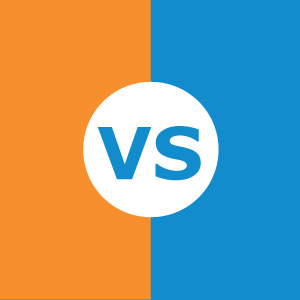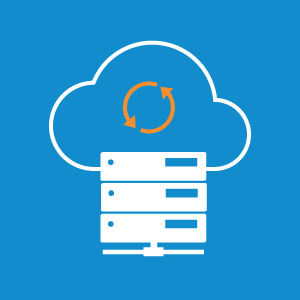How Long Will it Take to Implement a New Accounting System?
Time is money, and one of the most frequently asked questions that a business decision maker has when looking into any new software (or any project for that matter) is this: “How much time will it take to make this project happen?”
If you’ve led a major change project at your company, you understand that you will be spending a lot of time talking and working with the implementation team, who will be getting to know the ins and outs of your business’s operation and how their software will fit into the bigger picture. However, just as you charge your clients for the products or services your firm offers, the team helping you to implement software will charge you for any overruns or unplanned changes—the more moving parts or changes being made, the higher the end cost for you.
Knowing how important this is, it’s important to know that the initial plan and additional time spent will be driven by a variety of factors that need to be discussed before the project begins.
Three Factors That Impact the Length of an Accounting Software Implementation Project
The average accounting software or ERP implementation can range anywhere from as little as 60 days to well over two years for large, complex implementations, but most often can be completed in three to six months.
This all depends on a multitude of factors, three of which we explore below. For a more detailed look into the possible costs, Software Advice offers a calculator on ERP Implementation Costs.
Number of Users and Number of Features
The first thing that will change the amount of time it takes to implement an accounting software is the number of users that will be using a product., The second is the number of modules that you will be using. It goes without saying that implementing, migrating, and training users to use general ledger functionality will take much less time and effort than a project including features like inventory management, billing modules, and more.
Add on to this any integration with software you already use (if you’re lucky, certain solutions offer plug-and-play functionality that take significantly less time to implement), and you’re looking at additional complexity.
Delivery (Cloud vs. On-Premises vs. Hosted)
So much of an implementation can ride on the choice of on-premises, hosted, or cloud for the delivery of the software. As cloud solutions are part of a vendor’s data center and access is completed through an internet browser, there is no hardware to install (on-premises), or delivery layers (hosted) to implement, this immediately cuts time out of an implementation schedule.
New hardware takes time and money to implement, and according to the 2016 Buyers’ Guide to Selecting Accounting Software, cloud computing or SaaS solutions generally take 6-12 weeks to implement, compared to 3-6 months for on-premises or hosted solutions.
Suite or Best-of-Breed
Another thing that impacts the overall time (as well as the success or failure) of an implementation project is whether you choose to implement a suite or a best of breed solution.
Suites, by nature, are complex, and in turn have lengthy implementation times, multiple decision makers, and fewer straightforward integrations with software options not included in the suite. All of this takes time, adds risk to implementation success, and ultimately drives up the cost of a project.
Conclusion
One of the most important ways to avoid implementation disaster is to know what you want (Software Advice recommends taking a test drive before diving in), remain flexible, and keep optimizing your workflow as the project completes:
- Know What You Need: Too many organizations fail to plan their projects before buying into (or even deciding on) a software, and as the adage goes, failing to plan is planning to fail.
- Be Realistic: Software Advice notes that “Implementations take time, and unrealistic time frames only create more problems.” Speak with your team and partner to design a time frame that is realistic and that will contain costs.
- Communicate: This means communicating with your employees and your implementation team. Any lapse in communication during the project can lead to additional pain at the end.
For instance, an implementation project for a cloud-based, best of breed solution like Intacct can take as little as 60 days, with a majority projects often taking one financial quarter, or 90 days. Of course, this is if all goes right. Nonetheless, even a complex Intacct Implementation with multiple modules will take less time and cost less money than an on-premises or suite implementation, thanks to its ease of integration and ability to “start simple,” growing with your business in size and scope.
To learn more, head to “What’s Your Implementation Plan” on the Intacct website, download the Buyer’s Guide to Selecting Accounting Software, and contact us for a free, 30-day trial.






